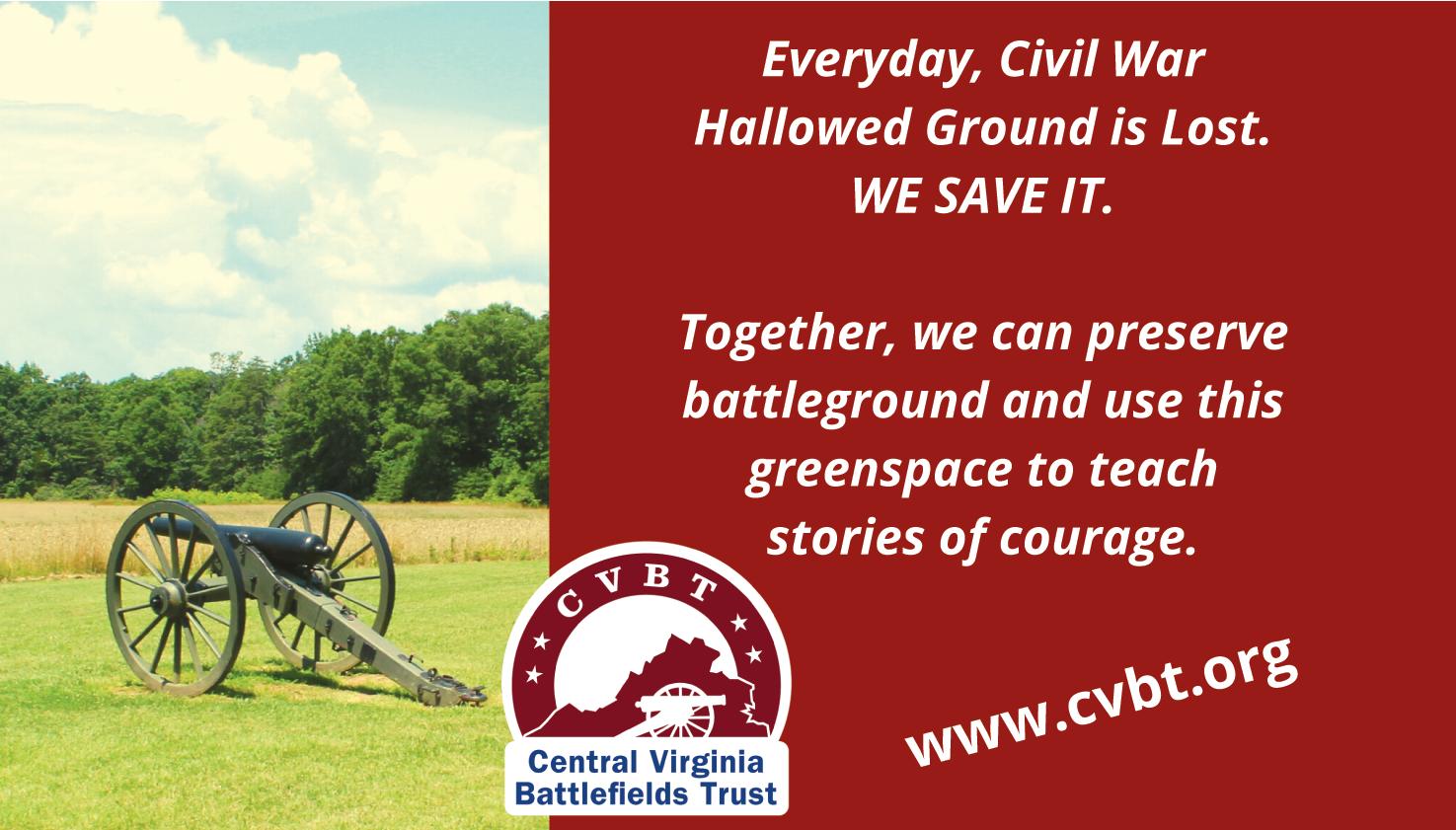
3 minute read
Gaye’s memories of 1960 fxbg sit-in
from FPFSeptember2020
Donate to a Cancer Organization Let’s Find a Cure!

Advertisement
OUR HERITAGE
Gaye Protesting

On February 1,1960, students from the North Carolina A &T College sat in at the local whites-only lunch counter in Greensboro. This non-violent act exploded into mass protests all over the South. It reached Fredericksburg that summer. Local high school students, including me, were eager to participate. But first, we were instructed by three adult leaders: Dr. Phillip Wyatt, a local
1960 fredericksburg sit-ins
By Gaye Adegbalola
dentist and president of the NAACP ; my mother, Gladys Poles Todd , sponsor of the NAACP's Youth Council; and Mamie Scott , mother of Fredericksburg's first black lawyer, John W. Scott. They organized role-playing sessions at Shiloh Old Site Church to prepare us for the sitins.
We were told to dress neatly, not touch any merchandise (so we couldn't be called thieves), bring books to read, and not talk among ourselves. At all times, we were to be non-violent. We were organized into shifts to sit in at the four chain stores: Woolworth's, Newberry's, Grant's, and Peoples Drug Store-all on Caroline Street. Getting there was part of the challenge. There was no public transportation, and very few people had cars. Many of these young people had to walk from the Mayfield section of town in the hottest month of summer. The first day fell around the first of July. I felt immense anxiety, but I also felt proud and courageous. We took our seats at Woolworth's as instructed. The most frightening times were when we were leaving our posts to return to the church. One particular evening, a crowd of whites gathered outside Grant's waving Confederate flags. The crowd chanted "Come out coons! Come out coons!" and other insults. We quietly moved through the crowd and found our way to the safety of Old Site Church. Every day we would report to our stations, sit quietly, and watch the waitresses' nasty stares while the stores almost echoed with emptiness. Obviously, they were losing business. With all four stores' counters covered, we expanded our protest and Mercer and I were the first on the streets.
Not long ago, I found a copy of a mimeographed letter among my mother's belongings. It was an invitation to black community members to attend a Mass Meeting on July 7 at Shiloh Old Site to plan the next steps because "the Mayor, the City Council, the Retail Merchants Association, the Fredericksburg Ministerial Association, and the Editorial page of the local newspaper all remain silent and non-committal." The black community turned out en masse. These meetings renewed our spirits.



By the end of July, sales at decided to picket. My best friend Jerine
boycotted stores in the South had dropped by a third, leading their owners to desegregate lunch counters . The news spread all over the South, and by August, three of the stores here in Fredericksburg dropped their segregation policies. People's Drug Store did not. It was still segregated when I left for college in fall1961. I pray that the current protests yield even greater changes-changes that are deeper than pocketbooks.
Gaye Todd Adegbalola was born, raised, and still lives in Fredericksburg. She is a griot-a traditional storyteller and musician.
The lunch counter is in Woolworth's. photo courtesy of Fredericksburg Area Museum.
You can read more about these demonstrations in Ruth Coder Fitzgerald's A Different Story and in Historic Fredericksburg Foundation's oral history interviews with Gaye and her mother.










